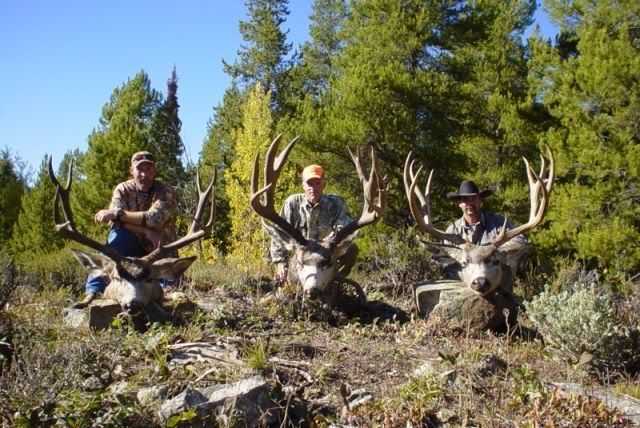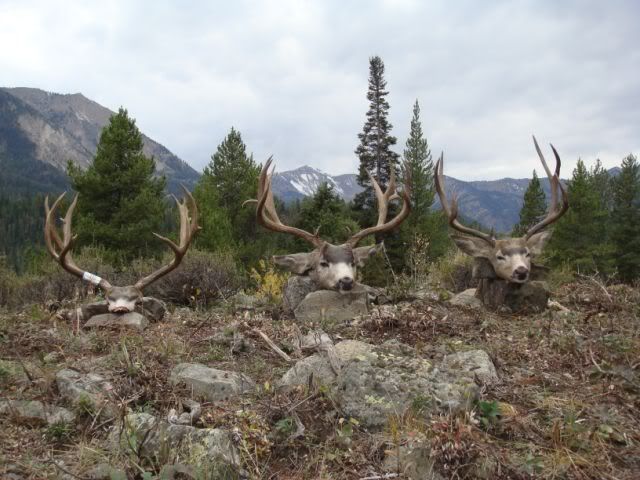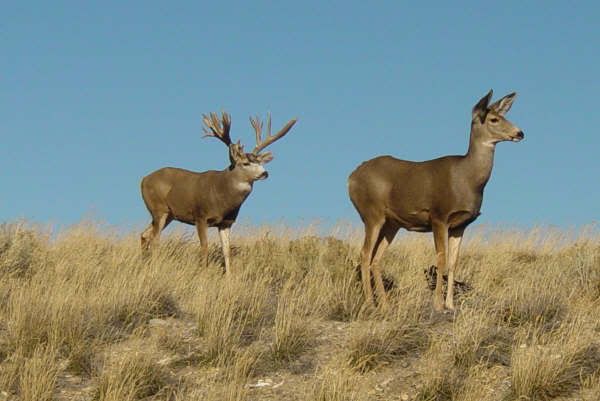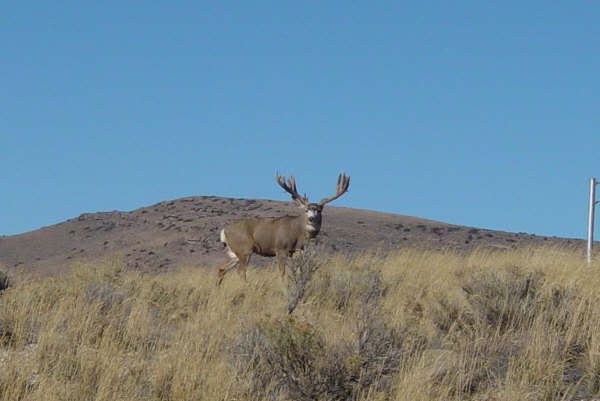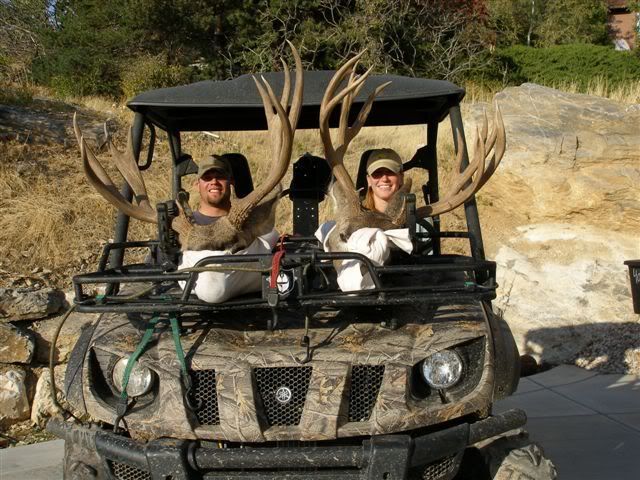
Before the winter even started, five years of drought helped stack the deck against western Wyoming mule deer, said Game and Fish biologist Ron Lockwood.
The extended drought could take a significant toll this year on the Wyoming Range herd — the state’s largest — which winters around Pinedale, Big Piney, Kemmerer and Cokeville.
“The cumulative effect of five years of drought has definitely decreased forage production in mixed mountain shrub habitats, and therefore deer are going into winter in poorer condition,” Lockwood said. “The snow depth and the cold temperatures are going to increase mortality, especially in fawns.”
But the rates of mortality will be determined, ultimately, by how harsh the remainder of the winter is, he said. Before the wintry weather arrived, the deer looked to be in pretty good condition, considering they have been dealing with the drought.
Gavin Lovell, a biologist with the Bureau of Land Management, said the BLM, in cooperation with Game and Fish and other agencies, has been working on improving the habitats where the Wyoming Range herd roams, and they’re starting to see improvements there. But those improvements aren’t going to help deer this winter, as long as the foliage stays buried.
“You can make all the habitat in the world, but once the snow gets deep enough, the wildlife can’t get to it,” Lovell said.
Mild winters
Wyoming’s mule deer population has been increasing for the last couple of years, Schmidlin said, mainly because the animals have endured relatively mild winters.
That trend could change this year.
The Game and Fish regional office in Lander is getting reports of fawns that are too small, that look ill or are underweight as a result of diarrhea, Schmidlin said. Fawns in that condition will have a hard time surviving a harsh winter.
Many of the deer in cities and towns supplement their diets with foliage found around houses and buildings, such as bluegrass and lilacs, especially when other food sources are scarce. This type of vegetation is not as nutritious as the native sagebrush and bitterbrush are for the deer, and might be the cause of, or at least contribute to, the digestive problems in fawns.
Mule deer evolved as browsers, which means they rely predominantly on bushy material for sustenance. Elk, on the other hand, are grazers, and eat more grass.
But elk are also more adaptable than deer, and can switch between different types of vegetation more successfully. Because of this — and because elk are generally hardier animals — Schmidlin doesn’t expect them to struggle as much as deer could this winter.
In the short run, Game and Fish expects some losses to the deer population in the west, but if the cold weather moderates, the rest of the winter could be easier on the herds.
 “The Fish and Wildlife Service’s acceptance of Wyoming’s wolf plan is an encouraging sign that wolves in our state will soon be removed from the Endangered Species List, and that Wyoming will be able to manage wolves on its own terms,” said Wyoming Governor Dave Freudenthal. “It has been a long and difficult road, and in our discussions we have achieved compromise on issues like the dual classification and the state’s ability to manage wolves in relation to their impact on elk and deer. I salute Wyoming Game and Fish Director Terry Cleveland and his staff for their hard work in developing the management plan. What remains, in terms of process, is for the feds to delist wolves by Feb. 28 of next year.”
“The Fish and Wildlife Service’s acceptance of Wyoming’s wolf plan is an encouraging sign that wolves in our state will soon be removed from the Endangered Species List, and that Wyoming will be able to manage wolves on its own terms,” said Wyoming Governor Dave Freudenthal. “It has been a long and difficult road, and in our discussions we have achieved compromise on issues like the dual classification and the state’s ability to manage wolves in relation to their impact on elk and deer. I salute Wyoming Game and Fish Director Terry Cleveland and his staff for their hard work in developing the management plan. What remains, in terms of process, is for the feds to delist wolves by Feb. 28 of next year.”